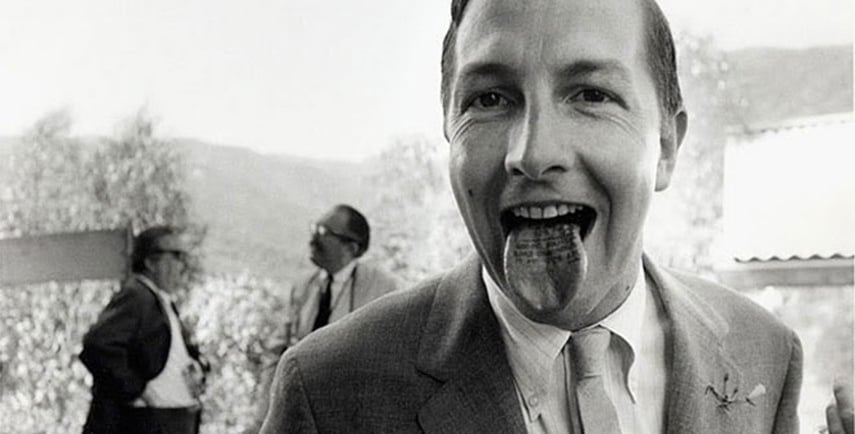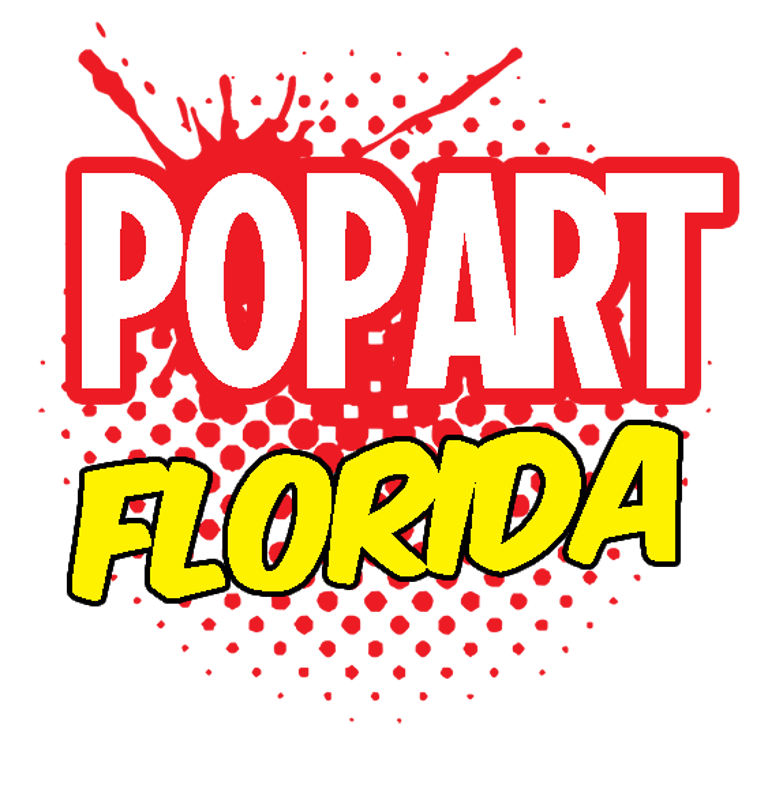Robert Rauschenberg
Redefining Art with Bold Experimentation
Olivia Masters
6/29/20232 min read


In the realm of pop art, Robert Rauschenberg stands as a trailblazing artist who pushed the boundaries of artistic expression. Through his innovative approach and fearless experimentation, Rauschenberg reshaped the art world and left an indelible mark on contemporary art. In this article, we delve into the captivating world of Robert Rauschenberg and explore his pioneering contributions to pop art.
A Brief Biography: Robert Rauschenberg was born on October 22, 1925, in Port Arthur, Texas. His artistic journey began in the 1940s, where he studied at the renowned Black Mountain College and later moved to New York City. Rauschenberg's work blurred the lines between painting, sculpture, and multimedia, breaking free from the constraints of traditional art forms.
Combining Art and Life: Rauschenberg believed in the integration of art and life, embracing the concept that art could be found in everyday objects and experiences. He coined the term "Combine" to describe his unique approach, which involved integrating found objects, images, and unconventional materials into his artwork. Rauschenberg's Combines became a hallmark of his artistic style, blurring the boundaries between painting, sculpture, and assemblage.
Collaboration and Cross-disciplinary Work: Throughout his career, Rauschenberg collaborated with other artists, performers, and musicians, transcending traditional artistic boundaries. His collaborations with choreographer Merce Cunningham and composer John Cage exemplified his desire to merge art forms and explore new creative territories. Rauschenberg's interdisciplinary work challenged the notion of the solitary artist and embraced the collective spirit of collaboration.
Pop Culture Influence: Rauschenberg's art was deeply influenced by popular culture and the mass media. He incorporated imagery from newspapers, magazines, and advertisements, infusing his work with the spirit of consumerism and the visual language of the times. Rauschenberg's collages and silkscreen prints captured the essence of the pop art movement, reflecting the vibrant energy and cultural landscape of post-war America.
Social and Political Commentary: Beyond the aesthetics, Rauschenberg's art often carried social and political undertones. He tackled issues such as racial inequality, the Vietnam War, and environmental concerns, using his art as a platform for reflection and critique. Rauschenberg's willingness to engage with pressing societal issues set him apart as an artist who recognized the power of art to provoke thought and spur dialogue.
Legacy and Impact: Robert Rauschenberg's groundbreaking contributions to pop art continue to resonate in the contemporary art world. His experimental spirit, interdisciplinary approach, and willingness to challenge artistic conventions have inspired generations of artists. Rauschenberg's legacy serves as a reminder that art has the power to ignite conversations, challenge perceptions, and redefine the boundaries of creative expression.
Conclusion: Robert Rauschenberg's bold experimentation and fearless exploration of new artistic territories have solidified his place as an icon of pop art. Through his Combines, collaborations, and social commentary, he revolutionized the art world, paving the way for new forms of expression and interdisciplinary approaches. As we continue to appreciate and celebrate the art of Robert Rauschenberg, we are reminded of the boundless possibilities that exist when creativity knows no limits.
